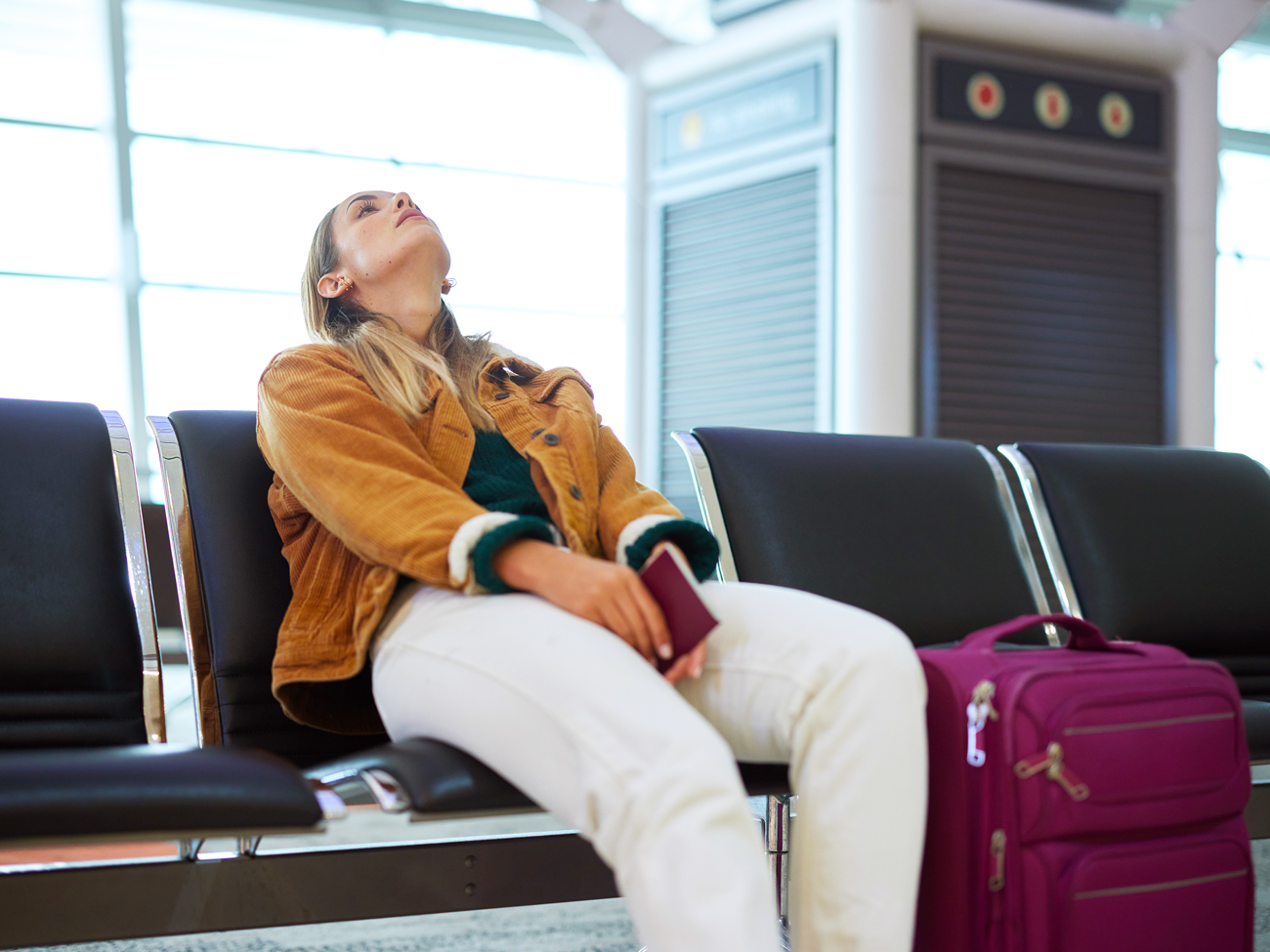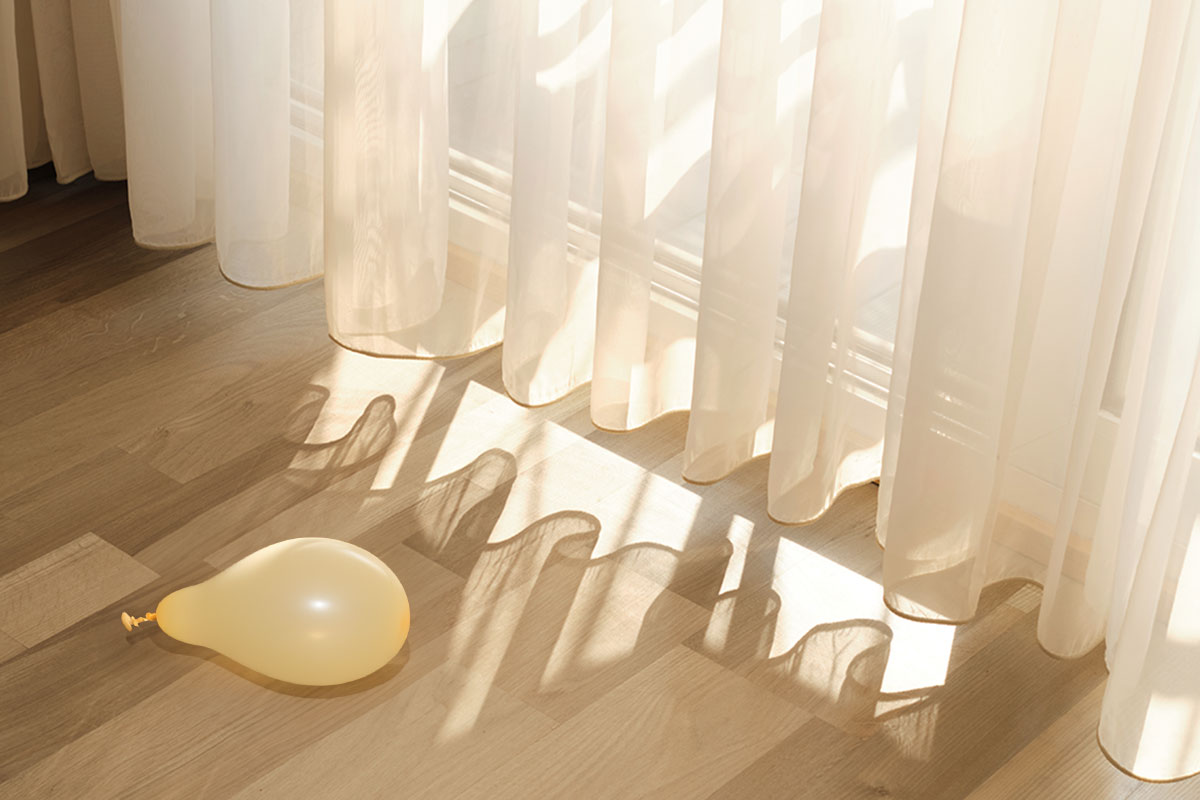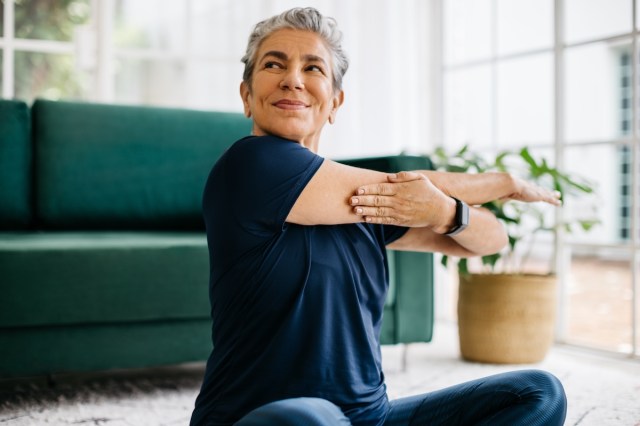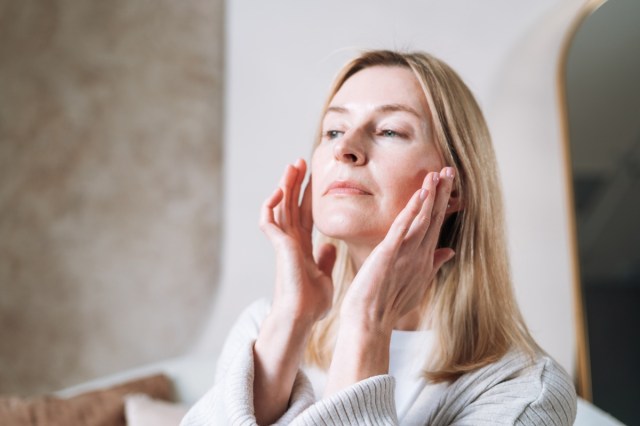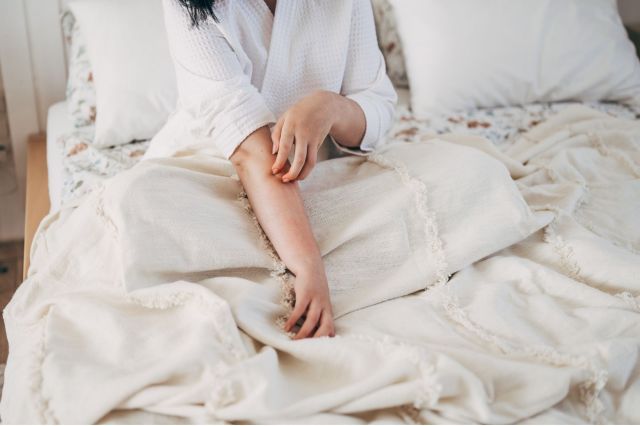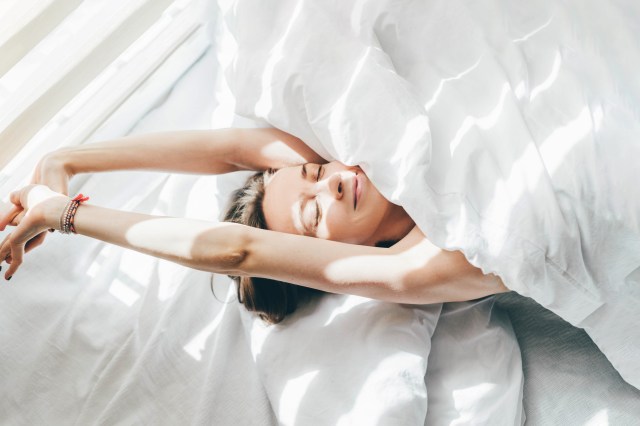All featured products and deals are selected independently and objectively by the author. Better Report may receive a share of sales via affiliate links in content.
You probably slather on sunscreen if you’re sitting at the beach or lounging by the pool. Or at least, you know you’re supposed to. But what about the rest of the year? Wearing sunscreen is one of the easiest things we can do to protect ourselves from the sun’s harmful rays (even in the winter) and keep ourselves looking young. Not only does SPF help prevent skin cancer — one in five Americans develops skin cancer by age 70, according to the Skin Cancer Foundation — but as a bonus, it’s also one of the best anti-aging ingredients. Rather than treating wrinkles and sun spots that have already formed with pricey serums or professional treatments, you can prevent them if used properly. But for some reason, adding yet another skincare product into our routines can feel exhausting. For that reason, you may turn to makeup to handle skin protection. But is it enough?
Prices are accurate as of July 18, 2025. Subject to change.
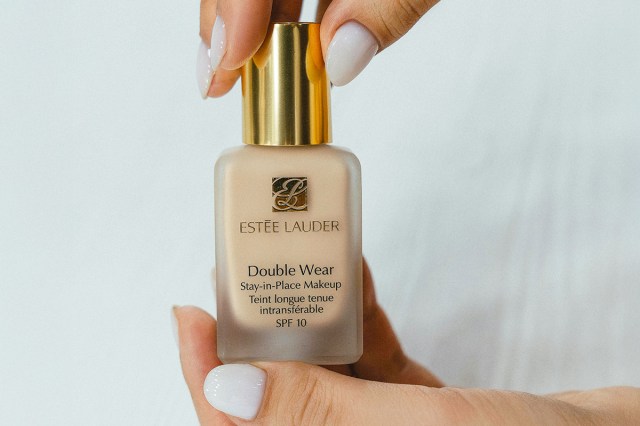
What’s the Deal With SPF in Makeup?
It can be difficult to find a face sunscreen that you love. Some formulas pill under makeup, others feel too thick and heavy for everyday wear. It’s easy to turn to the base products you already love that include protection, some even claiming SPF 50. That’s what I’ve always done, until I learned the truth. SPF in makeup should be considered an additional layer of sun protection, not your only way of blocking harmful rays.
“To really get the full SPF listed on your makeup, you’d have to apply seven to 10 times more than the usual amount of foundation or powder, which is just not practical,” says board-certified dermatologist Dr. Susan Binder.
Pump out your typical amount of foundation on your hand. Now times that by seven. That’s a lot of makeup, more than you’d wear for even the most full-coverage glam look.
“Think of SPF makeup as a backup, not your main shield,” says Dr. Binder. “I always say, start with a large-number sunscreen of at least SPF 30 before you apply makeup. This way, your skin gets the solid protection it needs right from the start. And when you add on your makeup that has SPF, you are just adding another protective layer, which is better for your skin.”
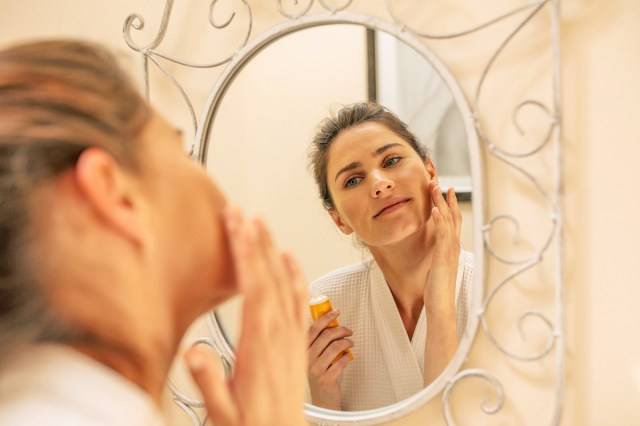
How Much SPF Do You Need?
You may have heard of the “two-finger rule” when it comes to sunscreen, which is applying a line of product down two fingers and then rubbing that in. But according to Dr. Binder, it’s more like the four-finger rule, amounting to about 1/2 teaspoon of product to cover your face, neck, and ears.
“Many people still adhere to the older ‘two-finger rule,’” she says. “But it’s not really sufficient, especially if you have a larger face or are out in sunlight for long periods. Not using enough can reduce your sunscreen’s effectiveness, increasing your risk of sun damage.”
But what about reapplying over makeup? Try powder sunscreens or face mists, some of which include makeup-setting ingredients. “Using these can improve your sun protection all day without affecting your makeup,” says Dr. Binder
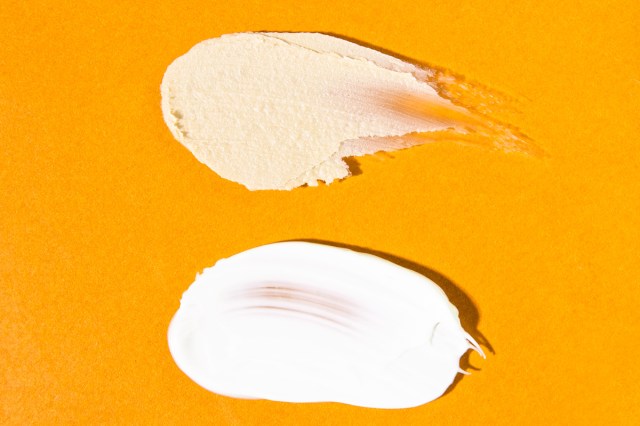
Chemical vs. Mineral Sunscreen
Sunscreen falls into two categories: chemical and mineral. Mineral sunscreens sit on the skin’s surface and reflect UV rays. Chemical sunscreens penetrate the skin and absorb the rays, converting to them to heat and releasing them from the skin.
Chemical sunscreens are often better at leaving no white cast behind and feel lighter, since they don’t sit on top of the skin. Mineral sunscreens might work better for those with sensitive skin or rosacea, as they won’t irritate the skin further. Both are effective, so it’s up to your personal preference to decide which type you go with. As Dr. Binder says, the best sunscreen is the one you’ll use.
Our Favorite Sunscreens
If you, too, have been relying on your favorite makeup to protect you from the sun, it’s time to invest in a great SPF. We have a list of our favorite clean sunscreens, some of which are included here, along with other personal favorites.
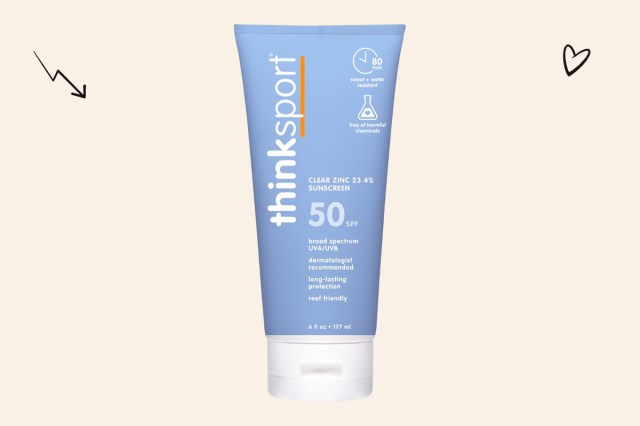
Thinksport Zinc-Oxide Sunscreen SPF 50
Sunscreen does not need to cost a lot. Get the protection of SPF 50 for just $15 with Thinksport’s matte sunscreen. It’s one of our top clean picks, and it lasts if you’re swimming or sweating.
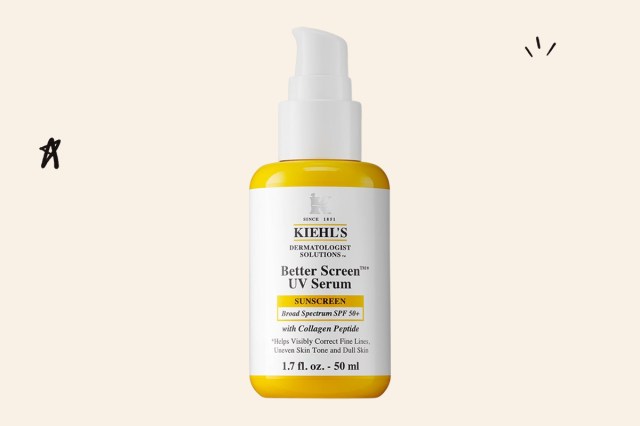
Kiehl’s Better Screen UV Serum SPF 50
Kiehl’s adds sun protection to a skincare-packed formula, and its price reflects it. But if you’re also utilizing serums for fine lines and uneven skin tone, this could be a one-and-done product.
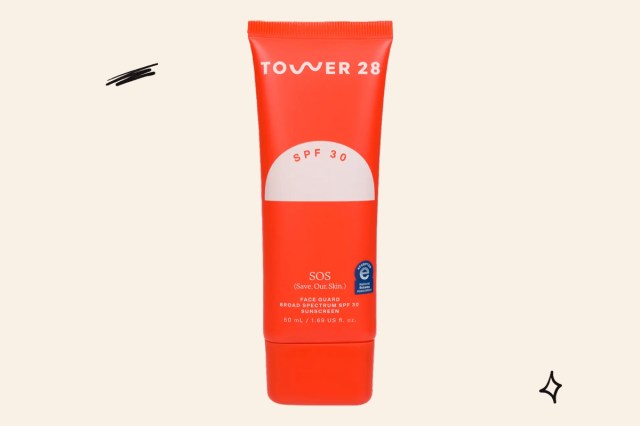
Tower 28 SOS FaceGuard SPF 30
All of Tower 28’s products are tested by dermatologists and allergists to guarantee they’re effective, gentle, and safe. So you know its mineral sunscreen is great for those of us who need a little extra care. It’s fragrance-free and rubs in smoothly with no white cast or greasy feeling left behind. If you hate the feeling of most sunscreens, you should like the lightweight moisturizer feel.
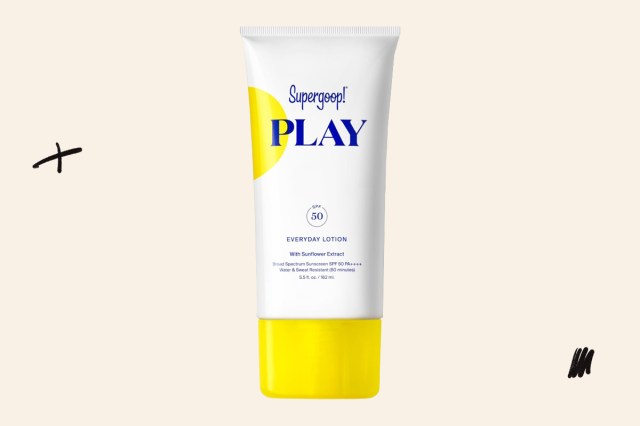
Supergoop! PLAY Everyday Lotion SPF 50
Supergoop is like the cool girl of the sunscreen world. It has a few different formulas, but we love its Play sunscreen, which feels similar to your tried and true moisturizer. One Better Report writer called it the only sunscreen she’ll use.
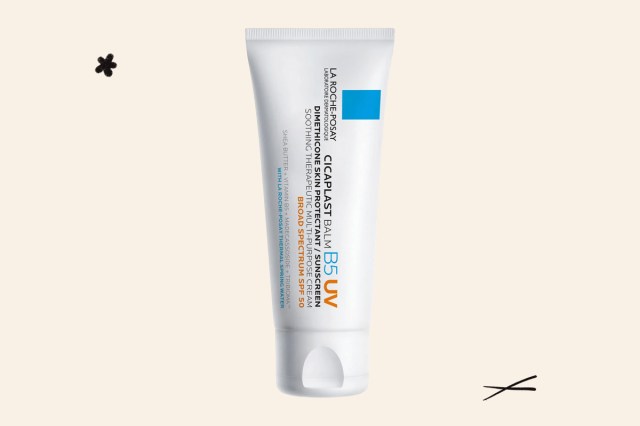
La Roche-Posay Cicaplast Balm B5 SPF 50
La Roche-Posay’s original cicaplast balm is a miracle product for my dry, eczema-prone skin, so I was ecstatic to find the brand’s new SPF version. It’s thick and moisturizing, just like its classic balm, but absorbs easily and gives me a glowy, but not greasy, look. My first introduction to this brand was over a decade ago when I tried the Anthelios AOX Daily Antioxidant Serum with SPF. I love it, but at $45, I can’t use it consistently. The Cicaplast Balm is a great everyday option.
Featured Image Credit: gpointstudio/ iStock
More From Our Network
Better Report is part of Inbox Studio, which publishes content that uplifts, informs, and inspires.




